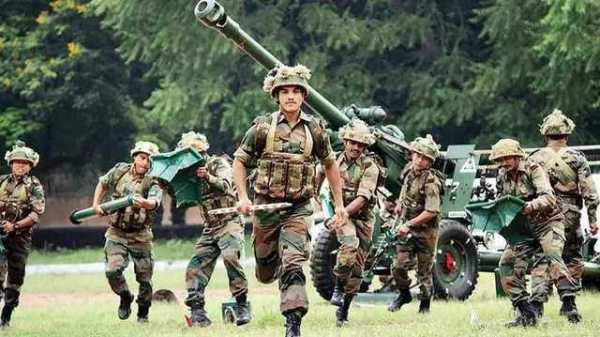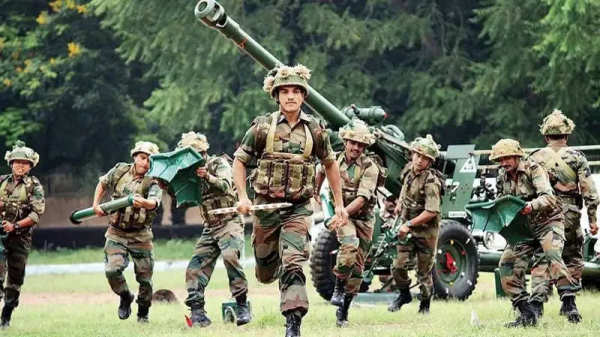

The Indian Army is the fourth largest army in the world with more than three million soldiers. Getting a job in the Indian Army is a matter of pride for many. Every year the Indian Army recruits new soldiers and cadets in its ranks. Let's know, after passing which exams candidates can join the Indian Army.
There are two ways to get into Indian Army posts: passing entrance exams or participating in recruitment rallies. To join the army, you can choose between a permanent commission and a short-service commission. A permanent commission is for candidates who want to remain in the army until they retire. Short-service commission allows you to sign up for a five-year contract.
1. NDA Exam
The Union Public Service Commission (UPSC) conducts the NDA entrance exam twice a year. Candidates who have secured 40% to 50% cumulative marks in senior secondary (10+2) are eligible for this exam. To qualify, it is necessary to pass the NDA written exam and clear the Service Selection Committee (SSB) interview. The NDA exam tests the candidate's general knowledge, of English and mathematics. After passing the written exam, the successful candidates appear for a five-day SSB interview.
2. Technical Entry Scheme 10+2 (TES)
You can opt for the Technical Scheme exam to join the Indian Army. Candidates who have passed the 10+2 exam with a minimum of 70% marks in Physics, Chemistry, and Mathematics from a recognized board are eligible to apply. Selected applicants enroll in a BE course in the stream of their choice and train for four years for the Army Lieutenant rank. The cadet can get a permanent commission in the army and get the Lieutenant rank after completing the course.
3. CDS Exam
The UPSC conducts the CDS twice a year. Those who are graduates from a university or are in their final year are eligible to apply for this exam. Candidates who clear the exam can attend the Indian Military Academy, Air Force Academy, Naval Academy, or Officer Training Academy (OTA) for permanent commission or short service commission. To qualify, candidates have to clear the written exam, clear the SSB interview, and pass the medical exam. The SSOC service period is 10 years and can be extended up to 14 years.
4. Army Cadet College (ACC)
The regular commission is open to eligible Other Rank (OR) posts between the ages of 20 and 27 years who possess a 10+2 certificate. The SSB and medical boards screen the candidates after they clear the written exam administered by the Directorate of Military Training. They train the successful applicants for three years at the Army Cadet College wing in Dehradun, after which the candidates get their bachelor's degree. These candidates also get one year of pre-commission training at the Indian Military Academy in Dehradun.
5. Short Service Commission (SSC)
The Short Service Commission (Technical) allows qualified graduates/postgraduates in technical branches to serve in the technical branches of the Indian Army. After the SSB and Medical Board exams, selected applicants have to complete 49 weeks of pre-commission training at the Officer Training Academy (OTA) in Chennai. Selected candidates get a Short Service Commission.
6. Technical Graduate Course (TGC)
The Technical Graduate Course as the name suggests is the Army's technical graduate course. Through this, an engineering graduate (male only) can join the Indian Army as an officer. Entry into the Army through TGC is exclusive to engineering students, candidates who are studying in the final year of engineering graduation and have passed engineering graduation can apply for it. Candidates studying in the final year of engineering graduation have to submit their degree course within 12 weeks of commissioning.
7. University Entry Scheme
Candidates who have done BE or BTech and are in the last year of their college can join the University Entry Scheme. For this, it is necessary for the candidate to score 60% marks in the graduation final exam. Apart from this, his age should be between 18 to 24 years. Those selected through the University Entry Scheme are trained at IMA Dehradun.
Disclaimer: This content has been sourced and edited from Amar Ujala. While we have made modifications for clarity and presentation, the original content belongs to its respective authors and website. We do not claim ownership of the content.